Nov 4, 2016 – The syringe saga begins anew, writes staff scientist Steven Johnson.
If you live in Los Angeles, I have a new program for you to watch.
It’s a televised drama that contains high-stakes political maneuvering, involves people who unwittingly end up exposed to a dangerously sharp edge when you least expect it, and deals with a war of Five Kings.
What? You know the program I’m talking about? No, not Game of Thrones (but good guess) – something with a little less viewership and attention. It’s the sickening story of medical waste washing up on our local beaches. Let me quickly fill you in on last season, which ended in June 2016.
 The “Five Kings” is a nickname that has been used for the Los Angeles County Board of Supervisors. This locally governing body originally got their name due to a combination of power, homogeneity, and longevity of the members. Term limits were voted in by 64% of Los Angeles voters in 2002 and the Board itself has since morphed to better represent the diversity in the County. They still retain their tremendous power over a growing constituency, however, which is what makes them so fascinating. Each of the five supervisors represents almost two million Angelenos apiece, which is 2,000 times as many people as the original 1,000 citizens each supervisor represented in 1852. Today you have what the L.A. Times has argued are the five most powerful locally-elected individuals in the nation.
The “Five Kings” is a nickname that has been used for the Los Angeles County Board of Supervisors. This locally governing body originally got their name due to a combination of power, homogeneity, and longevity of the members. Term limits were voted in by 64% of Los Angeles voters in 2002 and the Board itself has since morphed to better represent the diversity in the County. They still retain their tremendous power over a growing constituency, however, which is what makes them so fascinating. Each of the five supervisors represents almost two million Angelenos apiece, which is 2,000 times as many people as the original 1,000 citizens each supervisor represented in 1852. Today you have what the L.A. Times has argued are the five most powerful locally-elected individuals in the nation.
Now you know the characters and the setting. Let me set the stakes.
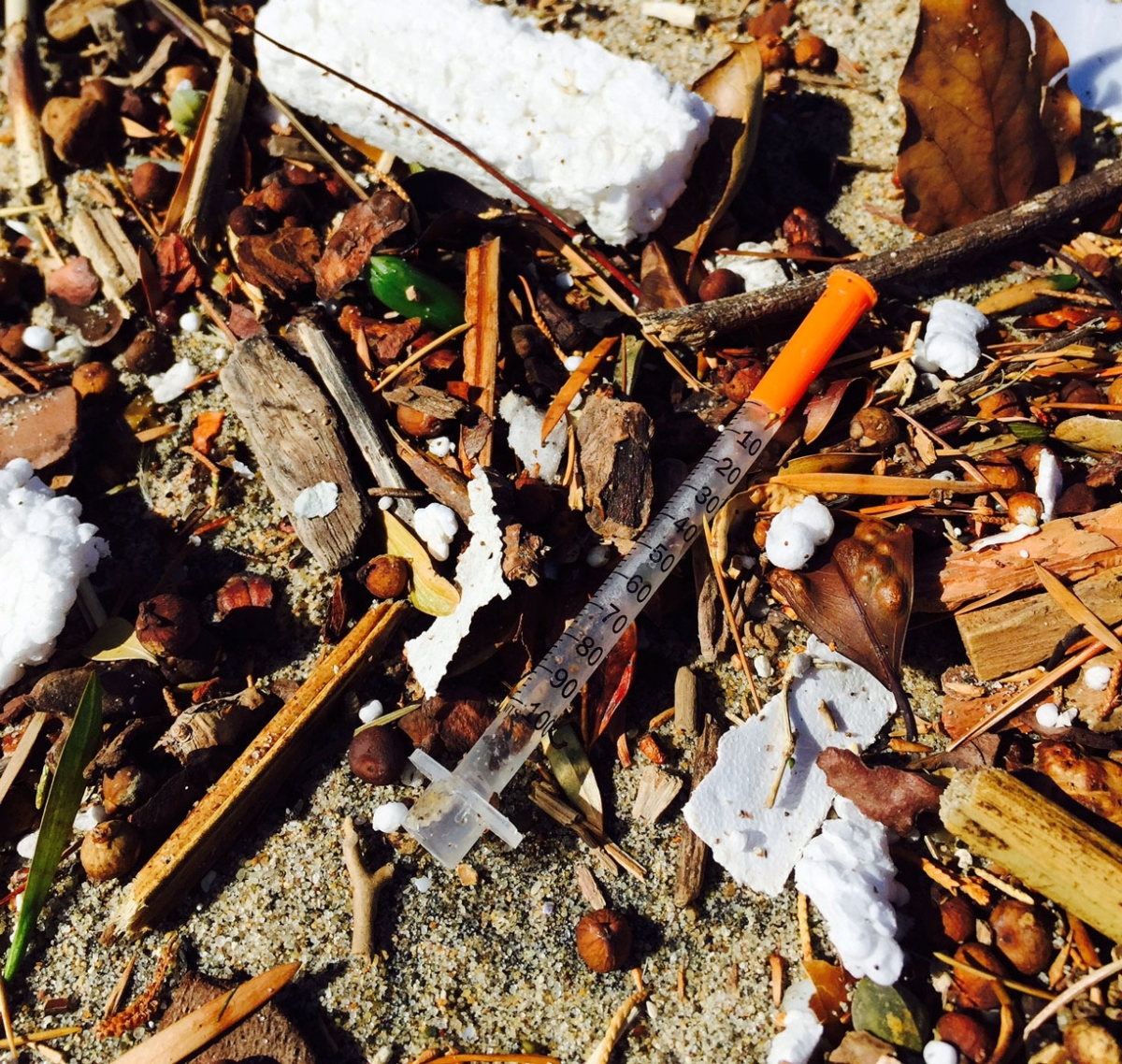 Early in 2016, Los Angeles County was set to have one of the most stringent used needles and unused prescription medication take-back programs in the country. At the time, only Alameda County (the county east of San Francisco containing Oakland, Berkeley, and Livermore) had such a program in place. This take-back program would ideally take the form of depositories (think mailbox/library book return) in Los Angeles drug stores and other convenient places. Heal the Bay believes that this ordinance will help keep used syringes off our shores and unused, yet abusable, medications out of our medicine cabinets and waterways. Currently, people either throw away syringes with other trash, where they can harm sanitation workers, or worse—flush them down the toilet. Heal the Bay became very aware of the danger of flushed syringes following last September’s Hyperion sewer spill, when hundreds of syringes, along with other medical waste, washed up on the shores around Dockweiler Beach. The take-back ordinance would be funded by the same people who profit from our prescription purchases in the first place: the pharmaceutical companies.
Early in 2016, Los Angeles County was set to have one of the most stringent used needles and unused prescription medication take-back programs in the country. At the time, only Alameda County (the county east of San Francisco containing Oakland, Berkeley, and Livermore) had such a program in place. This take-back program would ideally take the form of depositories (think mailbox/library book return) in Los Angeles drug stores and other convenient places. Heal the Bay believes that this ordinance will help keep used syringes off our shores and unused, yet abusable, medications out of our medicine cabinets and waterways. Currently, people either throw away syringes with other trash, where they can harm sanitation workers, or worse—flush them down the toilet. Heal the Bay became very aware of the danger of flushed syringes following last September’s Hyperion sewer spill, when hundreds of syringes, along with other medical waste, washed up on the shores around Dockweiler Beach. The take-back ordinance would be funded by the same people who profit from our prescription purchases in the first place: the pharmaceutical companies.
So what happened?
Over the course of spring 2016 the ordinance was delayed five times. This continued until the nail-biting season finale which took place this past June. On that fateful day, when Los Angeles County was supposed to confirm its comprehensive sharps and pharmaceutical take-back program, it was replaced in the eleventh hour and fifty-ninth minute by a watered-down public education campaign. The only similarity between the old ordinance and the new education campaign would be the funders – in both cases the pharmaceutical companies. They were asked to spend the next few months overseeing an education and outreach campaign and host quarterly take-back days.
Supervisors Sheila Kuehl and Hilda Solis, who have become leaders on the Board in the effort to establish the ordinance, warned their fellow supervisors that the proposed education program would fall far short of the original ordinance in addressing the issues posed by sharps and pharmaceuticals, and assured their constituents that they had not seen the last of the ordinance itself.
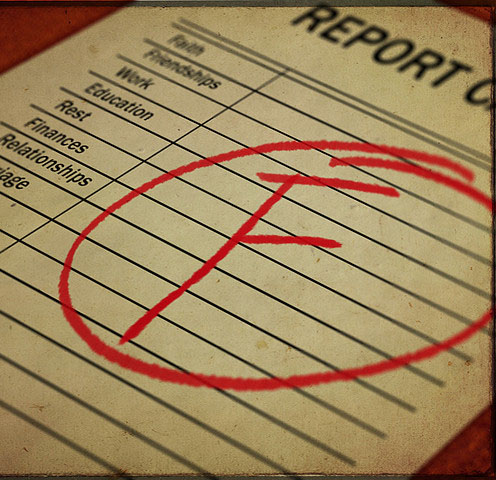 Months have gone by and the results of the public education program and take-back events have been announced. According to County of Los Angeles Public Health, the pharmaceutical companies’ campaign objectives in summary “were not approved.” Of the mandated “Education and Outreach, Take-Back Events, and Outcome Measurement Plans,” there were only two categories (out of the 43 total graded requirements) where the Pharmaceutical Workgroup actually met the Supervisors’ set criteria: The campaign messages were in fact translated into Spanish, and that the group did indeed “establish a single website.” In every other category the Pharmaceutical Outreach and Education Team either partially or totally failed.
Months have gone by and the results of the public education program and take-back events have been announced. According to County of Los Angeles Public Health, the pharmaceutical companies’ campaign objectives in summary “were not approved.” Of the mandated “Education and Outreach, Take-Back Events, and Outcome Measurement Plans,” there were only two categories (out of the 43 total graded requirements) where the Pharmaceutical Workgroup actually met the Supervisors’ set criteria: The campaign messages were in fact translated into Spanish, and that the group did indeed “establish a single website.” In every other category the Pharmaceutical Outreach and Education Team either partially or totally failed.
Last week, Supervisors Kuehl and Solis proved they were keeping their word and have been paying close attention to the program. That brings us up to speed to what’s happened up until yesterday’s season premiere.
The inadequacies of the outreach campaign were discussed at the Board’s Tuesday, November 1 hearing. After hearing L.A. County Public Health officials’ report, Supervisors Solis and Kuehl reiterated their stance that the whole effort was disappointing, with Solis stating that the industry’s efforts would receive an F grade if it were a student.
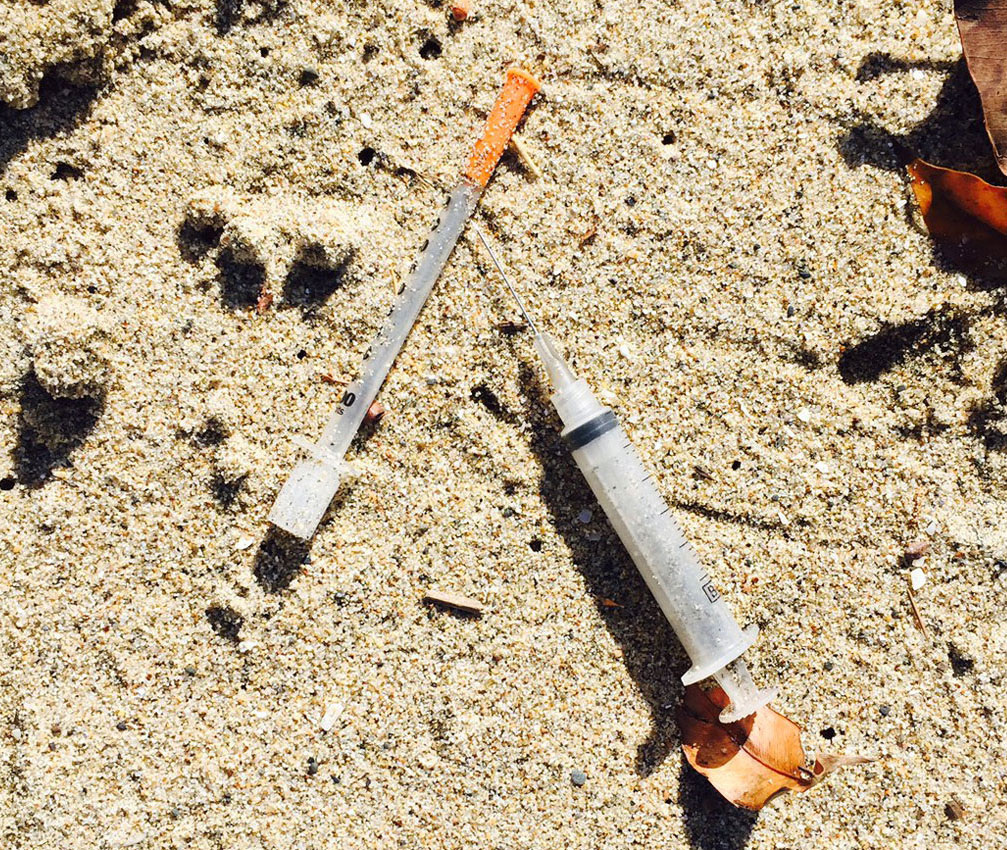 Sheila Kuehl stated that the people of L.A. County “should have an easy choice” of where to get rid of their old medications and used syringes. She went on to say that as Supervisors, “it’s our responsibility [to make it happen] and we will take it.”
Sheila Kuehl stated that the people of L.A. County “should have an easy choice” of where to get rid of their old medications and used syringes. She went on to say that as Supervisors, “it’s our responsibility [to make it happen] and we will take it.”
But when the other Supervisors spoke, those in support of the ordinance looked completely miffed, as Supervisors Antonovich, Knabe, and Ridley-Thomas all seemed to think the ordinance needed more work—despite almost a year of efforts, delays, and postponements. At this point the well-crafted take-back ordinance, to the dismay of its many supporters, was put in a state of limbo. And that’s where our most recent episode ends.
Looking at the season ahead, there is hope for the take-back program. There will be two new characters destined to join our outnumbered heroes. Two of the five kings will be replaced by new, undetermined Supervisors, as the newly initiated term limits have taken effect. Even the two electoral races to replace Supervisors Antonovich and Knabe themselves have been quite dramatic so far.
There are rumors that the take-back program will be presented again in front of the newly vitalized board as soon as January 2017.
Hearings begin at 9 a.m. on Tuesdays and are replayed each subsequent Wednesday night on television network KLCS at 10 p.m.
And unlike HBO, KLCS is free.
Stay tuned for updates in the coming months as the Syringe Saga continues…




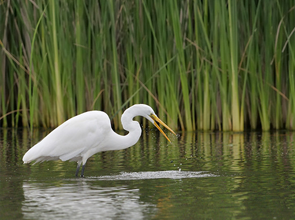
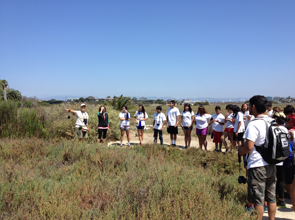
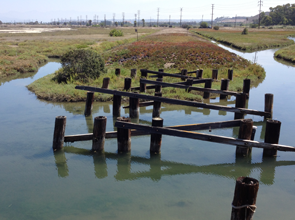
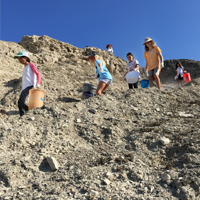 I spent a beautiful morning with about two dozen volunteers at Lunada. The only intimidation I felt this day was figuring out how to navigate the twisting, semi-treacherous path to the beach without falling on my butt. And the only locals I crossed paths with were an adorable group of girls volunteering from Lunada Bay Elementary School across the street. They weren’t too menacing.
I spent a beautiful morning with about two dozen volunteers at Lunada. The only intimidation I felt this day was figuring out how to navigate the twisting, semi-treacherous path to the beach without falling on my butt. And the only locals I crossed paths with were an adorable group of girls volunteering from Lunada Bay Elementary School across the street. They weren’t too menacing.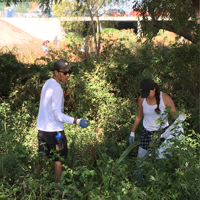 On my way home, I detoured to another one of my favorite sites — Compton Creek, a largely forgotten gem in the necklace of green spaces along the L.A. River.
On my way home, I detoured to another one of my favorite sites — Compton Creek, a largely forgotten gem in the necklace of green spaces along the L.A. River.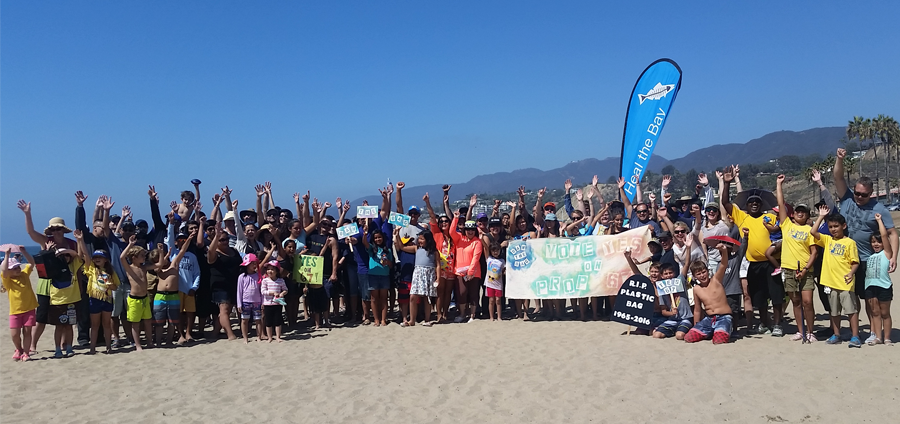

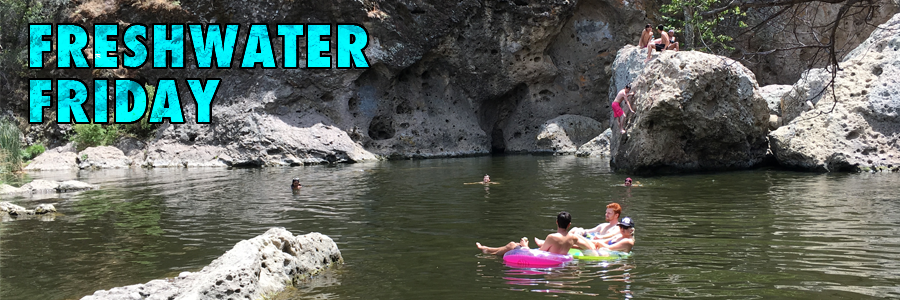
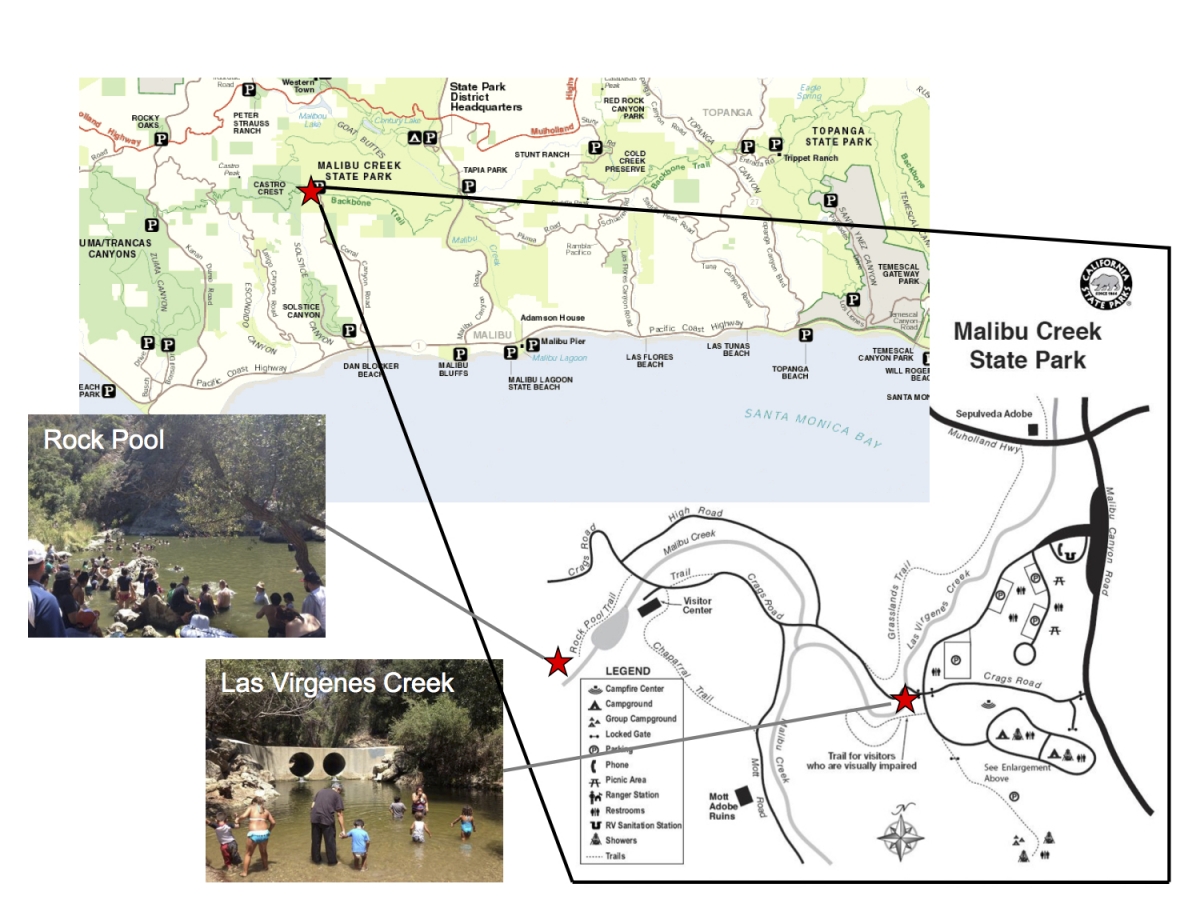
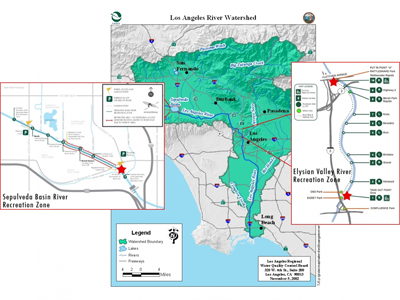
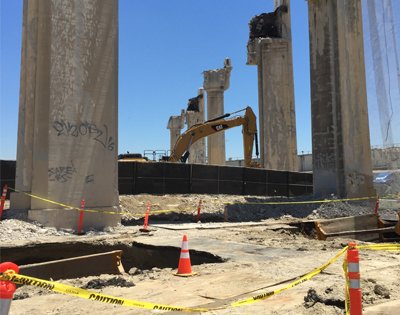 We pulled up to the site, located where active construction is already going on – the highly publicized demolition of the 6th Street Bridge in Boyle Heights. The immediate rupture area was now cleared of the heavy machinery ever-present during the months-long razing of the iconic bridge, but I could still hear demolition crews working nearby. I couldn’t help but wonder if all this heavy construction nearby might have played a role in the failure of the sewer line.
We pulled up to the site, located where active construction is already going on – the highly publicized demolition of the 6th Street Bridge in Boyle Heights. The immediate rupture area was now cleared of the heavy machinery ever-present during the months-long razing of the iconic bridge, but I could still hear demolition crews working nearby. I couldn’t help but wonder if all this heavy construction nearby might have played a role in the failure of the sewer line.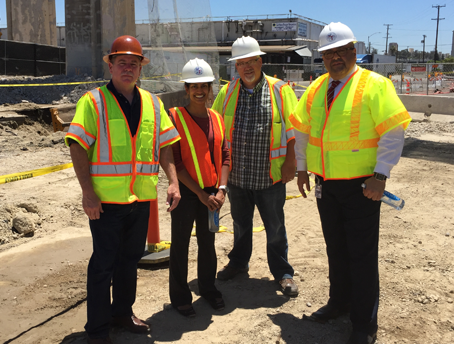
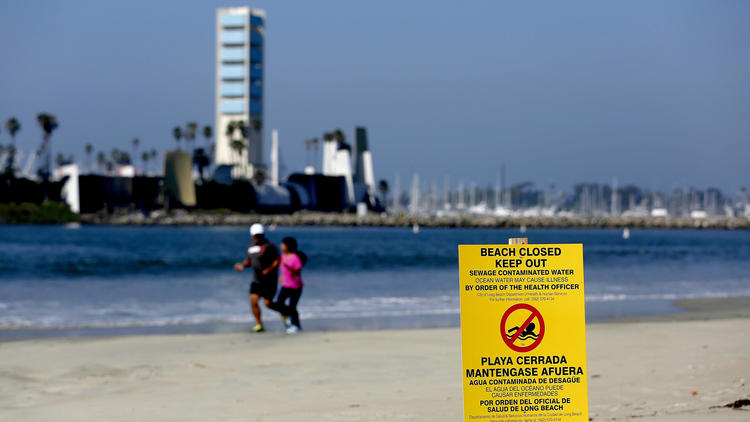
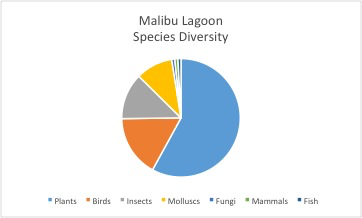 Most of our observations were of the amazing plants that rely on the wetlands to thrive. Plants form this environment’s base, providing a natural filter for water as it passes through. They also provide habitat, food, and shelter for the populations of birds, insects, and reptiles that live in wetlands. We found both sites were host to dozens of bird species including great blue herons, snowy egrets, and brown pelicans. Every year, almost one billion birds migrate along the coast of California in an area known as the Pacific coast flyway. Wetlands in Southern California are a crucial pit stop for migratory birds and the diversity of species we observed is promising. In just three hours at Ballona, we saw 17 different species of birds – almost a third of the bird species found in an extensive wetlands survey conducted by The Bay Foundation that spanned months. This shows the power of BioBlitzes to capture important data for conservation.
Most of our observations were of the amazing plants that rely on the wetlands to thrive. Plants form this environment’s base, providing a natural filter for water as it passes through. They also provide habitat, food, and shelter for the populations of birds, insects, and reptiles that live in wetlands. We found both sites were host to dozens of bird species including great blue herons, snowy egrets, and brown pelicans. Every year, almost one billion birds migrate along the coast of California in an area known as the Pacific coast flyway. Wetlands in Southern California are a crucial pit stop for migratory birds and the diversity of species we observed is promising. In just three hours at Ballona, we saw 17 different species of birds – almost a third of the bird species found in an extensive wetlands survey conducted by The Bay Foundation that spanned months. This shows the power of BioBlitzes to capture important data for conservation.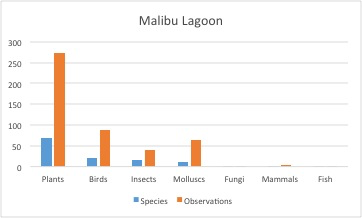 From 2012 to 2013, Heal the Bay advocated for an ecological restoration of Malibu Lagoon which involved removing invasive species, replanting native ones, and adjusting the hydrology of the wetland. Inventories done by The Bay Foundation showed only six species of native plants prior to restoration, while almost 41 were noted after the restoration! Since plants form the base of an intricate web of life in the wetlands, bringing back natives can also bring back other species – including those that are threatened. At both sites our BioBlitzers found four threatened species, but that number will certainly increase with more sampling.
From 2012 to 2013, Heal the Bay advocated for an ecological restoration of Malibu Lagoon which involved removing invasive species, replanting native ones, and adjusting the hydrology of the wetland. Inventories done by The Bay Foundation showed only six species of native plants prior to restoration, while almost 41 were noted after the restoration! Since plants form the base of an intricate web of life in the wetlands, bringing back natives can also bring back other species – including those that are threatened. At both sites our BioBlitzers found four threatened species, but that number will certainly increase with more sampling.
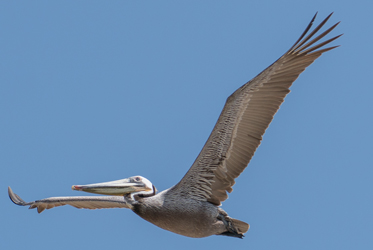
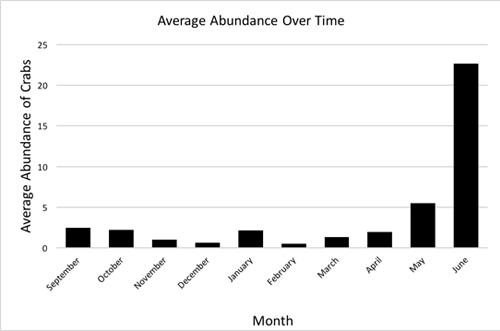
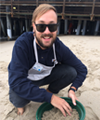 Taylor Spesak is the Aquarium’s public programs educator. Join him every Wednesday at 3pm for sand crab monitoring. The program is included with
Taylor Spesak is the Aquarium’s public programs educator. Join him every Wednesday at 3pm for sand crab monitoring. The program is included with